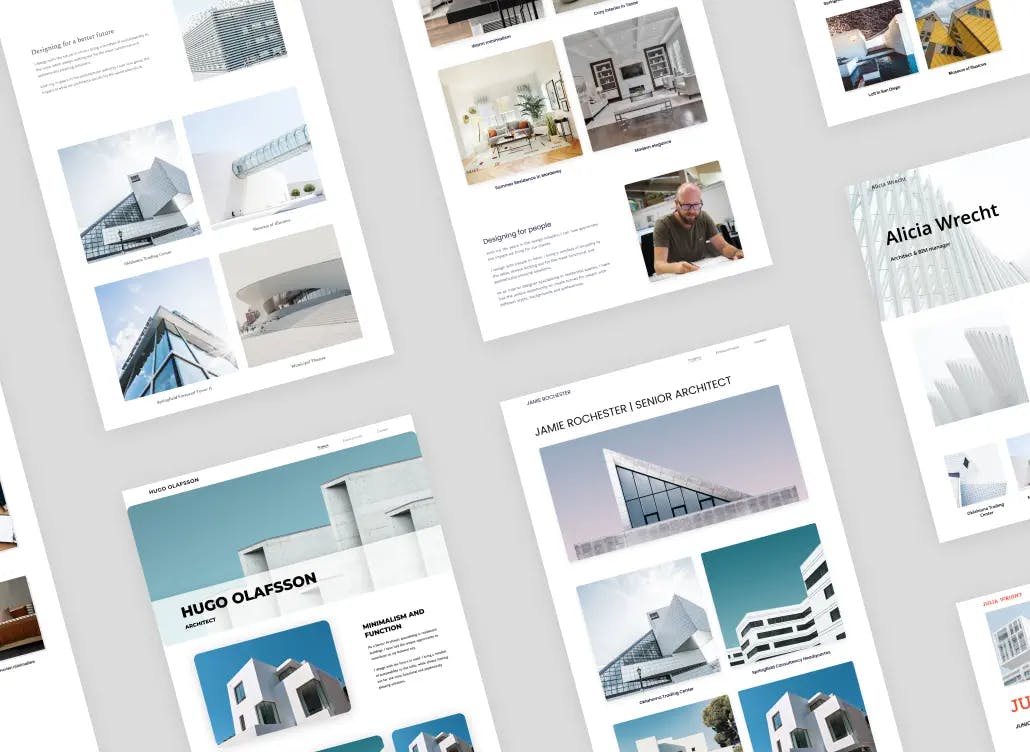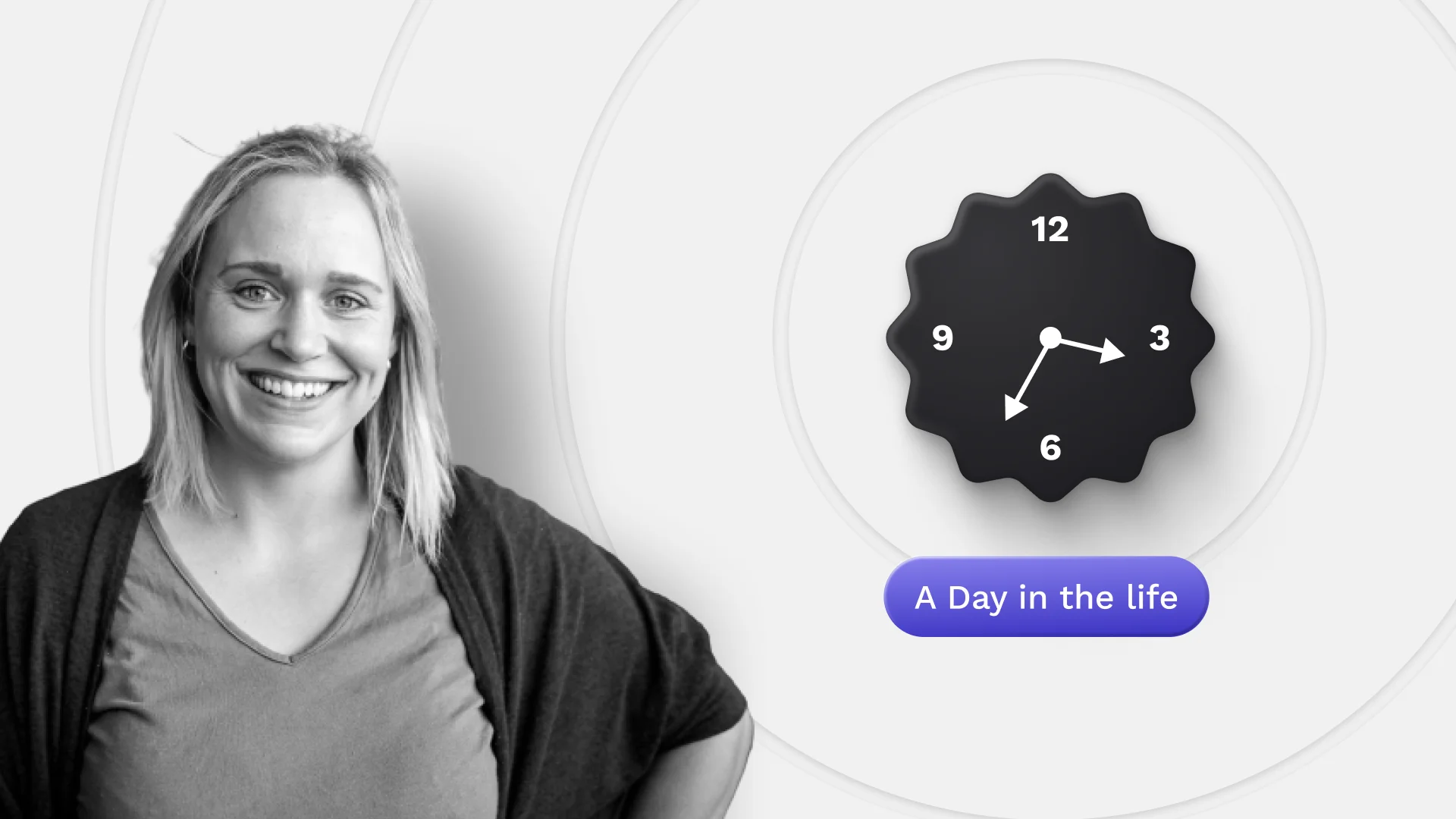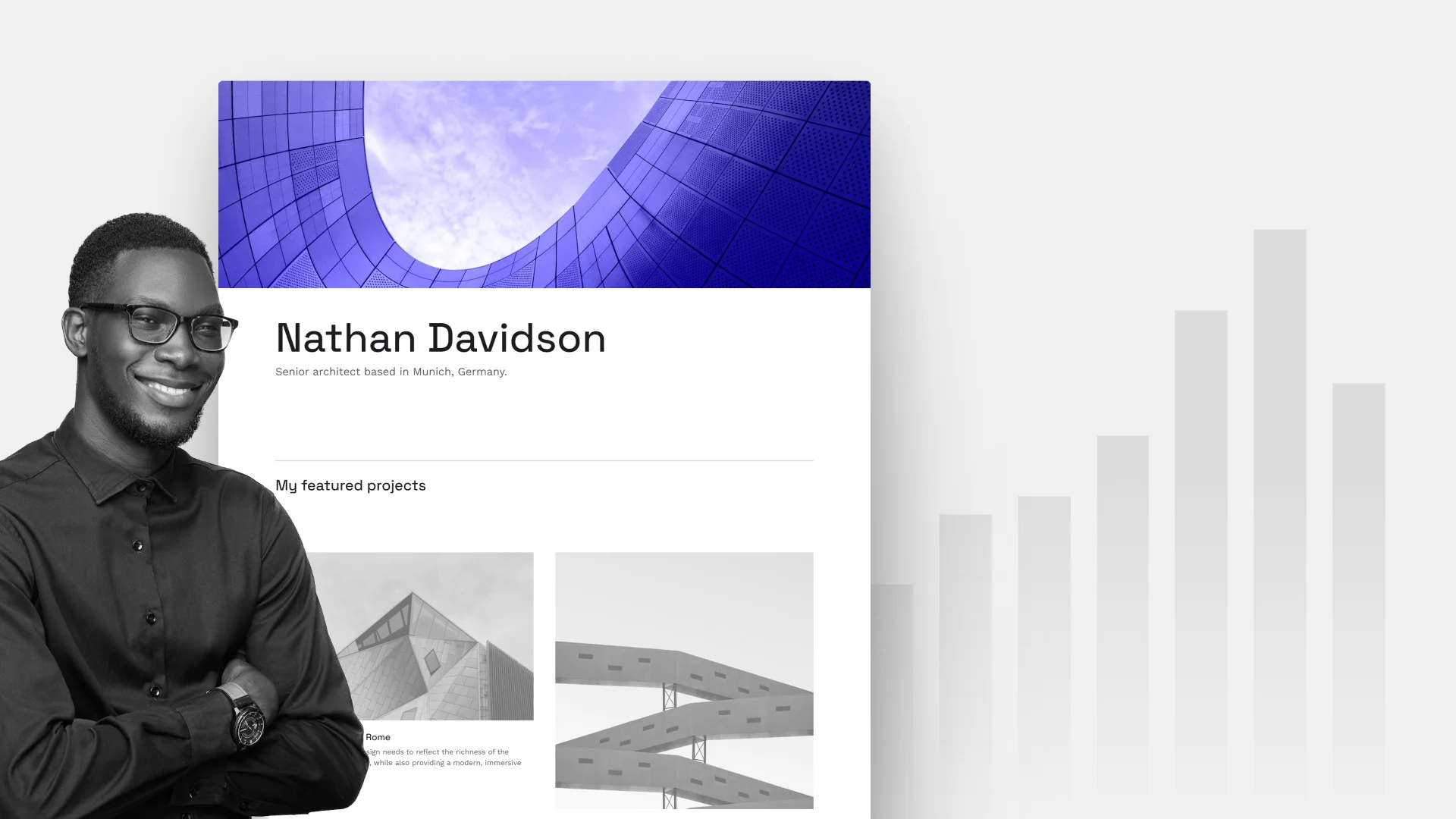
Got tired of window sill detailings? We don’t blame you.
Architecture is a fantastic profession— for some. But it’s also hard. It’s long hours for little pay, with the distant – and definitely not guaranteed – promise of one day walking by the building you designed.
So, are you wondering what else you can do with an architecture degree? We have good news: you’re surrounded by open doors. In most creative fields, an architecture qualification is a huge asset. You just need the right portfolio and you have endless possibilities.
Maybe the problem isn’t architecture
Before we dive in though, we wanted to have a quick check-in: is architecture really the issue? You might just be in the wrong field or working for the wrong employer in the wrong position.
Here’s a food-for-thought list of all areas of architectural jobs you may want to look into:
- Urban planning
- Architectural illustration
- Civil engineering
- BIM management
- Landscape architecture
- Interior design
- Project management
- Construction management
- Consultancy (e.g. Sustainability Consulting)
- Property development
On the other hand, if you feel that it’s the job that made you disappointed with architecture, it’s time to look for a new one. Finding a position that you feel passionate about may turn things around.
Build a new portfolio for a fresh start and land a role that feels exciting. We’re here to help.
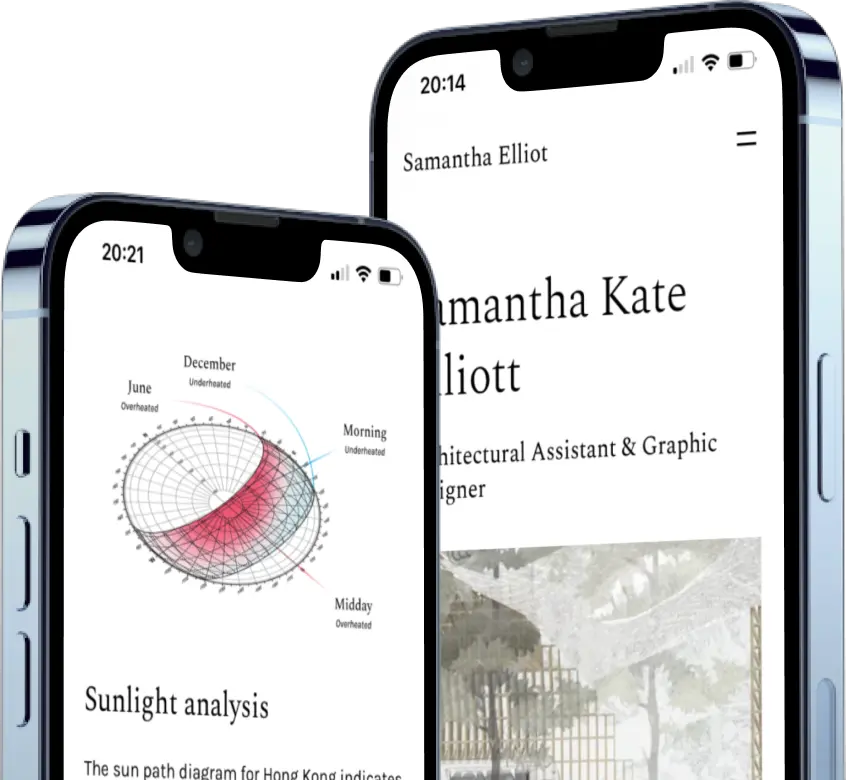
Alternative Careers for Architects
Now let’s look at which open door is the one you should enter. Some of these positions may seem far-fetched at first, but believe us, your architecture skills are the perfect starting point for any of them.
Here’s an overview of the career paths you’ll read about in detail:
- Set designer
- UX designer
- Graphic designer
- Architectural photographer
- Industrial designer
- Specifications writer
Set designer
What do you get when you combine the passion for architecture, theater/cinema and fine arts in one single person? The perfect candidate for becoming a set designer.
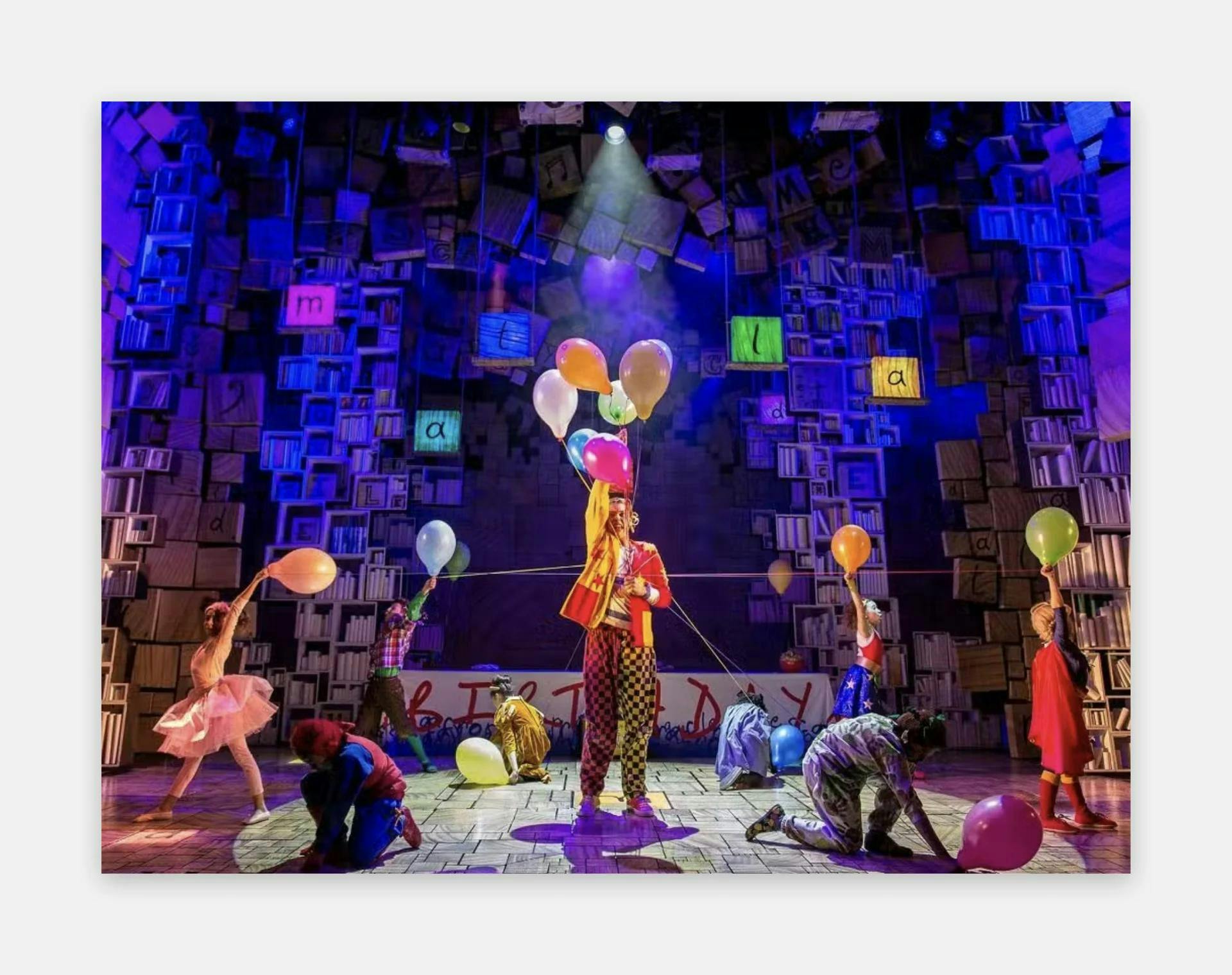
Set designer project by Rob Howell from Matilda the musical. Photo by Manuel Harlan
Think of a spectacular art deco scene from a movie, the iconic set of your favorite TV show, or a theater set that left a lasting impression on you. With your background in architecture, you can contribute to unforgettable backdrops to epic stories.
Your transferable skills:
- sketching,
- visual communication,
- creativity,
- 3D planning,
- detail-orientation, and
- model building.
Skills to acquire:
- creating mobile structures,
- working under extreme time pressure,
- set construction knowledge,
- translating the script (and the directors wishes) to achievable plans.
How to become a set designer? It’s easier than you’d think to turn an architecture portfolio into a set designer portfolio. Just tell the story differently. Highlight the different styles you worked with and how flexible you are. Drawing attention to your time management skills is a plus!
Getting an internship in a relevant field as a prop maker, or as an assistant will help you loads in starting your set design career. Also, it will help you get to know the right people in this field, which is also a huge advantage.
Is it for you? If you’re an extra detail-oriented person, you’ll enjoy the smaller scopes of the projects. Ditching the whole building and only focusing on a given set might just be the new angle you’re looking for.
The difficulty switching from architecture to set design is the mindset change. You’re used to thinking generations ahead, but when it comes to set design, your work may only be used for a day or two.
UX designer
Empathy and understanding the clients exact needs is a must for an architect. Therefore, transitioning to User Experience design might be more natural than you’d think.
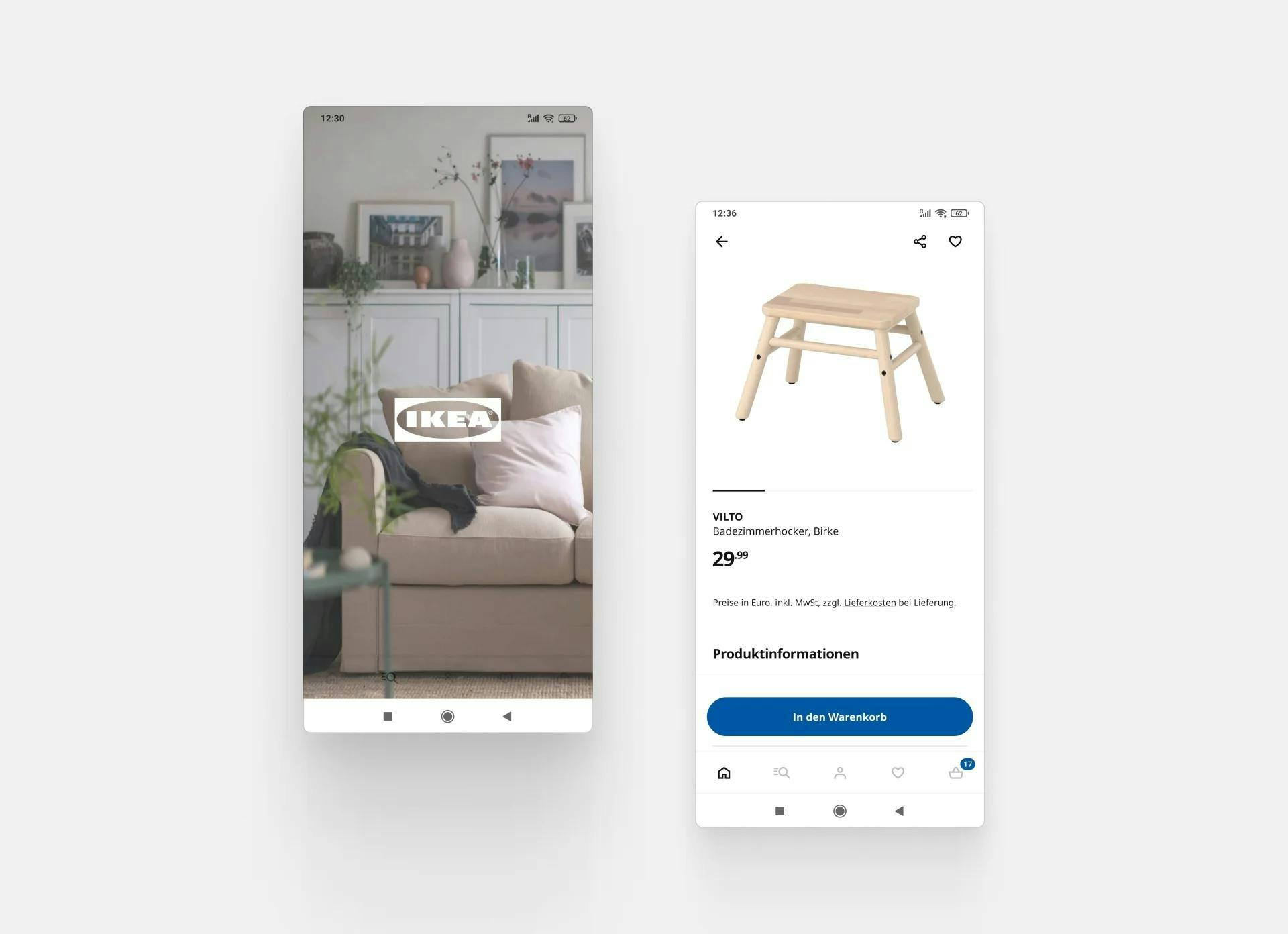
UX designers are working on digital products, e.g. this app from IKEA.
UX designers do digitally what architects do physically. They create spaces, such as websites or mobile applications, that are functional, logical, and aesthetically pleasing.
Your transferable skills:
- iterative thinking,
- empathy, human-centered design,
- problem solving, and
- attention to detail,
- critical thinking, and
- presentation skills.
Skills to acquire:
- user interaction patterns,
- UX design tools (e.g. Figma, Adobe XD, Sketch),
- UX research techniques, and
- a fair bit of UI design.
How to become a UX designer? Luckily, UX bootcamps are easy to find and are getting more and more affordable. Once you’re out of your bootcamp, you’ll just need your UX designer portfolio and start applying for jobs. Networking can help you loads too.
If you’re ready to work hard in the first few years, get as much experience as possible, then your portfolio will get you anywhere you want to go.
Is it for you? If you’ve ever found it annoying how architectural projects take years from start to finish, you’ll find UX design’s agile projects refreshing. Also, instant feedback allows you to iterate your design easily, which is hardly the case as an architect.
If you, however, feel a close attachment to physical design, working in the digital world might not be your cup of tea. Also, if it’s the clients that made you turn away from architecture, you’re not spared from them in UX design either.
Graphic designer
Creating visual concepts is nothing new to someone with an architectural background. However, the outcome is much different from what you’re used to if you start working in graphic design.
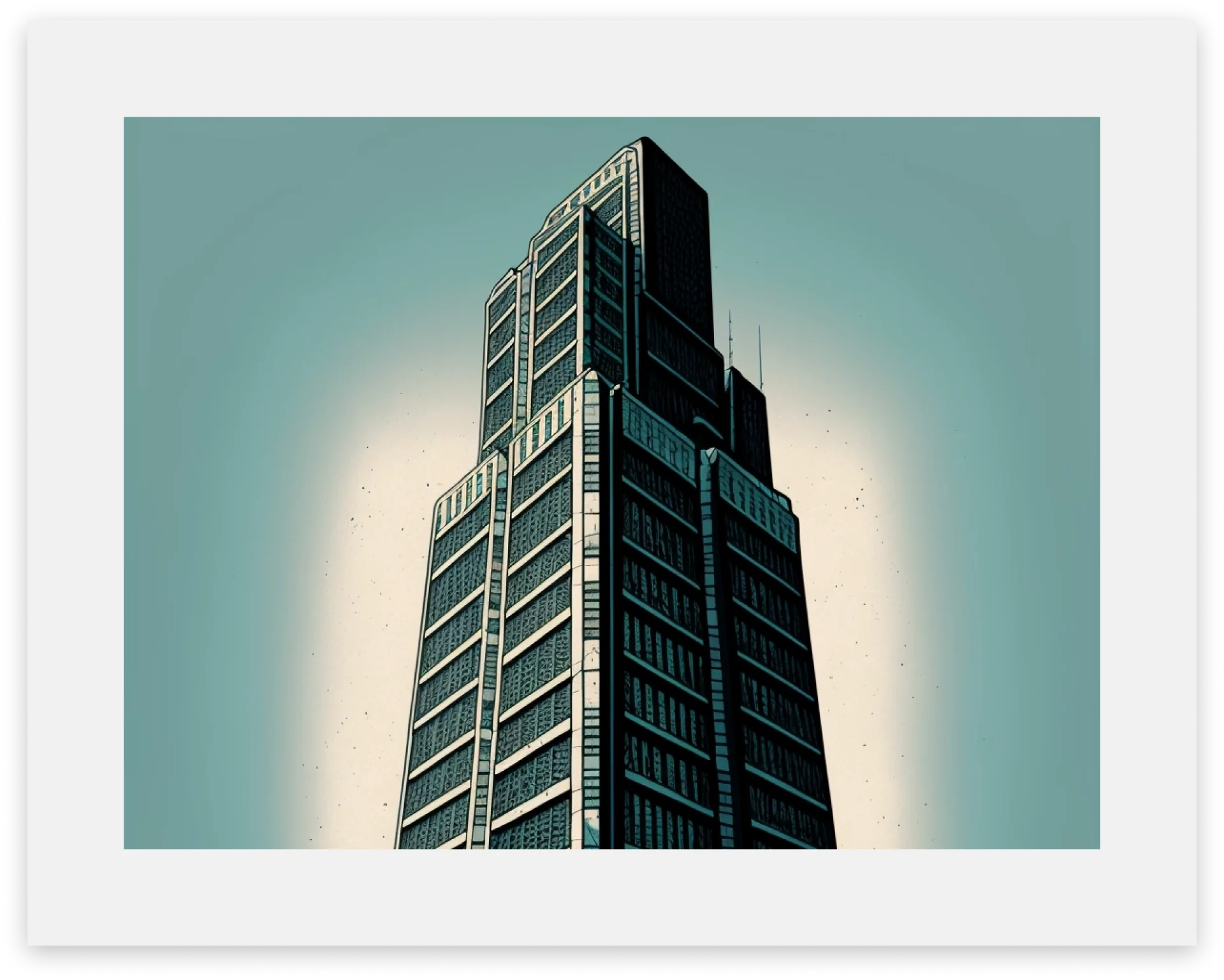
As a graphic designer, you could also work as an architectural illustrator.
So working on logos, business cards, or illustrations instead of humongous architectural projects might just be the breath of fresh air you need.
Your transferable skills:
- creativity,
- communication,
- presentation,
- lighting & composition, and
- sketching.
Skills to acquire:
- typography,
- excellence at the Designers’ Triumvirate (Illustrator, InDesign, Photoshop)
- branding, and
- designing for print.
How to become a graphic designer? Getting the skills needed is easier with an official training. However, since you have the basics down, you can learn it by yourself with the tons of resources available online. Then, start getting some work experience, and build your graphic design portfolio. With some impressive projects under your belt, you can start applying to jobs.
Keep in mind though that it's a competitive field. Even entry-level jobs require 1-2 years of experience. But with the right mindset, a lot of practice and hard work, we know you can start off the next chapter of your career right.
Is it for you? If you’re up for the challenge and want to have a fulfilling and creative job that allows you to explore many different fields, a job in graphic design is for you.
However, if you tend to struggle with creative blocks very often, then coming up with endless new design ideas might be torturous.
Architectural Photographer
Photography and construction go hand in hand. Architectural photographers take it upon themselves to tell the story of a project with well-composed pictures.
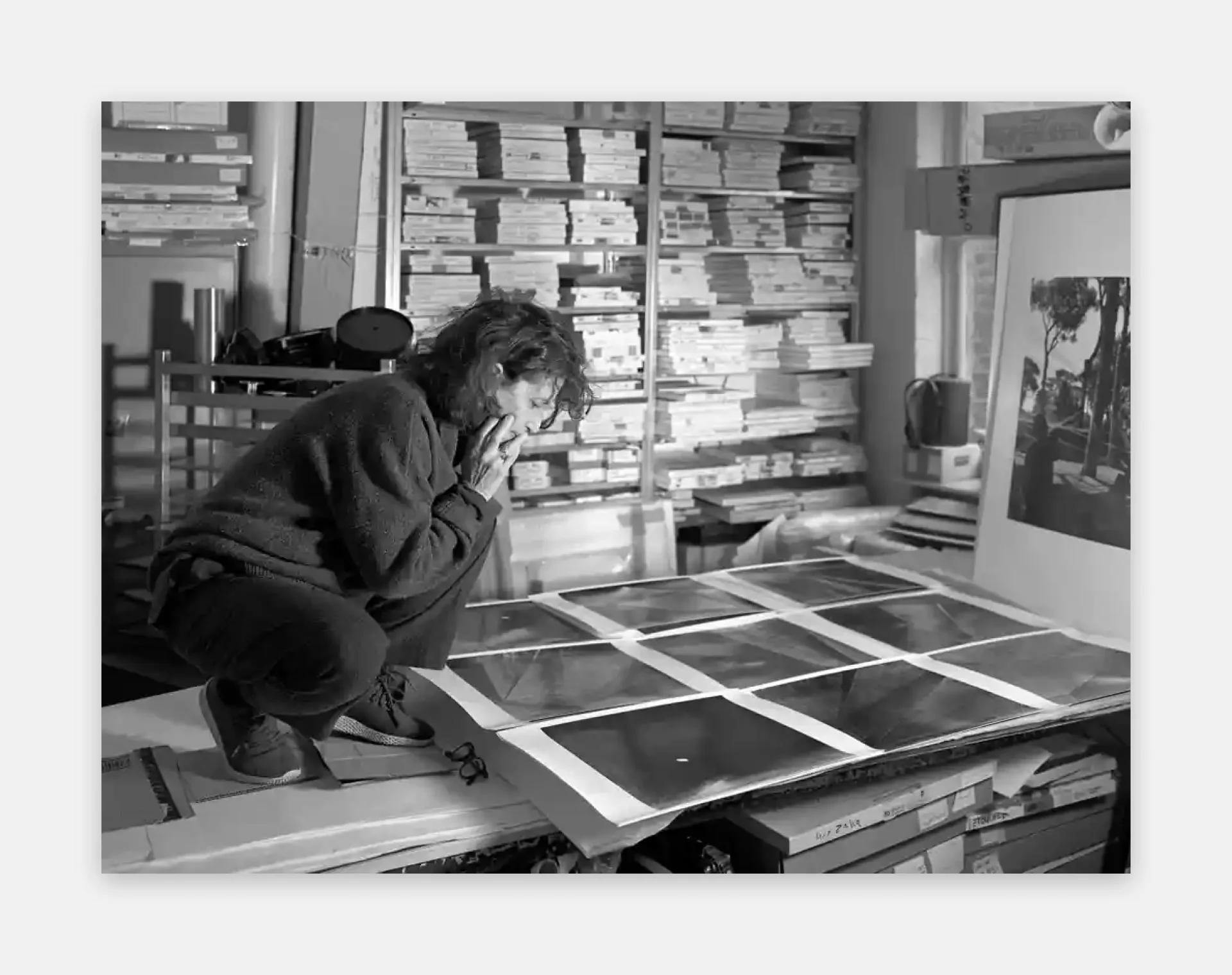
Photo of Hélène Binet at work, one of the world’s leading architectural photographers. Photograph: Jasmine Bruno
Becoming a professional photographer may take a few years, but if you have a passion for photography, it couldn’t be more rewarding.
Your transferable skills:
- understanding the design and construction process,
- knowledge of composition & lighting, and
- your current architectural network.
Skills to acquire:
- excellent photography skills,
- post production techniques,
- running a business, and
- Adobe Photoshop.
How to become an architecture photographer? Practice, practice, practice, and then practice some more. Like with the other creative careers, your portfolio is your most important asset, so filling it with stunning projects is a must. Sooner or later you’ll need to invest in better equipment, but that’s not the first step.

In addition, networking is paramount in this profession. Take proactive steps to be in the back of your architecture connections’ heads. When they think of hiring a professional photographer for their next project, your name should be the first thing that comes to mind.
Is it for you? If you enjoy networking, and have a passion for photography, switching to this career path is the right decision.
However, most architecture photographers are generally freelancers, so it can be a huge leap of faith to walk away from the benefits of being employed.
Industrial designer
We already know that you live and breathe 3D design. You probably already had projects where a custom furniture or object needed to be designed. And if you enjoyed that task, you’ll love working as an industrial designer.
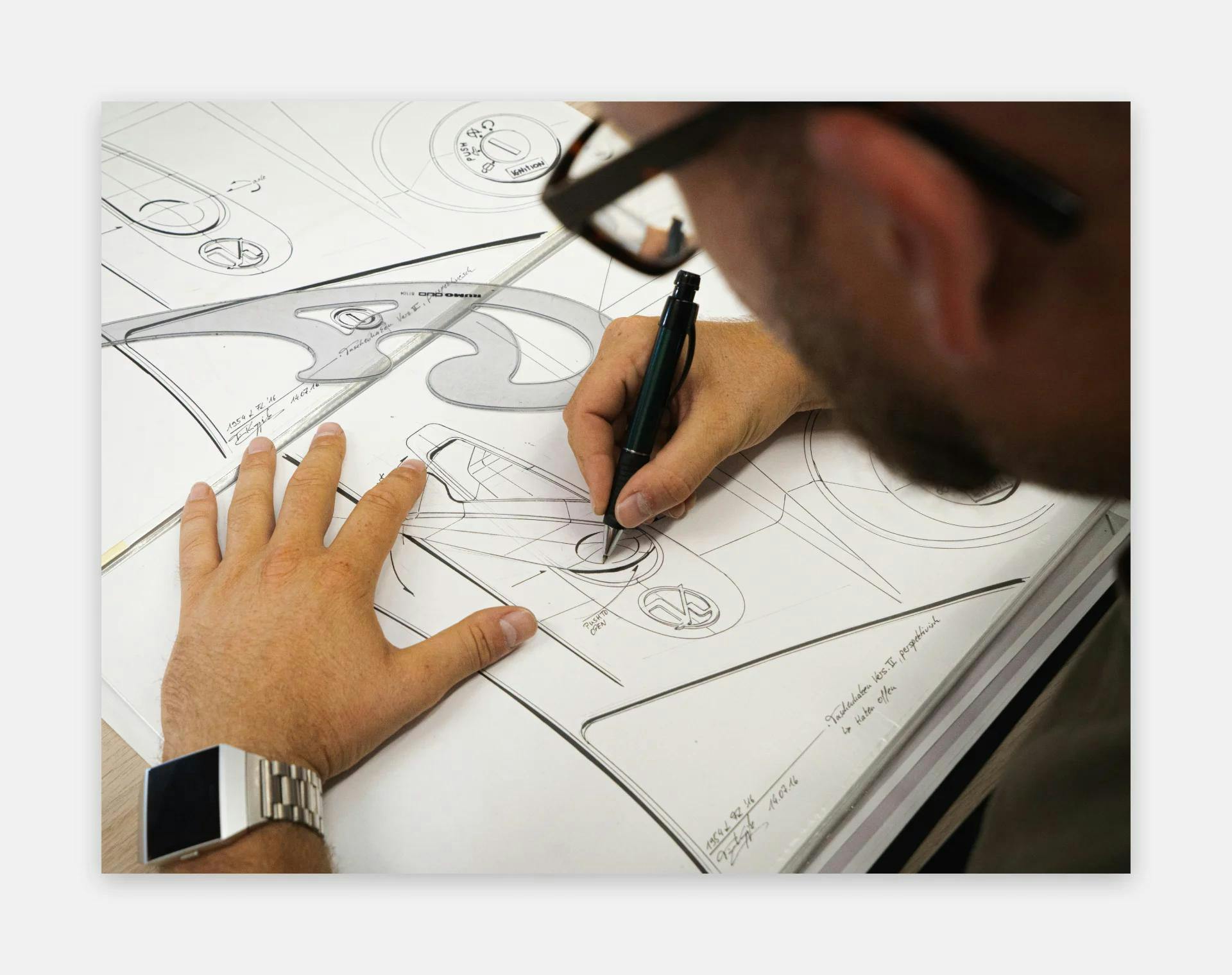
There are many specializations of industrial design similarly to architecture.
Your transferable skills:
- CAD software knowledge,
- human-centered design,
- project management,
- thinking outside the box,
- model making,
- sketching, and
- knowledge of materials.
Skills to acquire:
- knowledge of new technologies and materials, and
- researching skills (conducting interviews, focus groups).
How to become an industrial designer? Your architecture degree is the golden ticket to this career switch. You already have most of the skills needed, so if you’re interested in this profession, getting specific knowledge is going to be easy.
Other than that, you need a polished portfolio and experience to find a job you really want.

Is it for you? If you’re a fan of interesting forms and concepts, and looking for more diverse and fun projects, becoming an industrial designer is a great choice.
However, you can’t avoid limitations to creativity like the restrictions of the manufacturing technologies, budgetary constraints and annoying clients.
Specifications writer
Architectural concepts are complex, but bringing everyone on the same page is crucial. This challenge is the task of specifications writers. So, why not make a career from turning complicated ideas into easily digestible specifications?
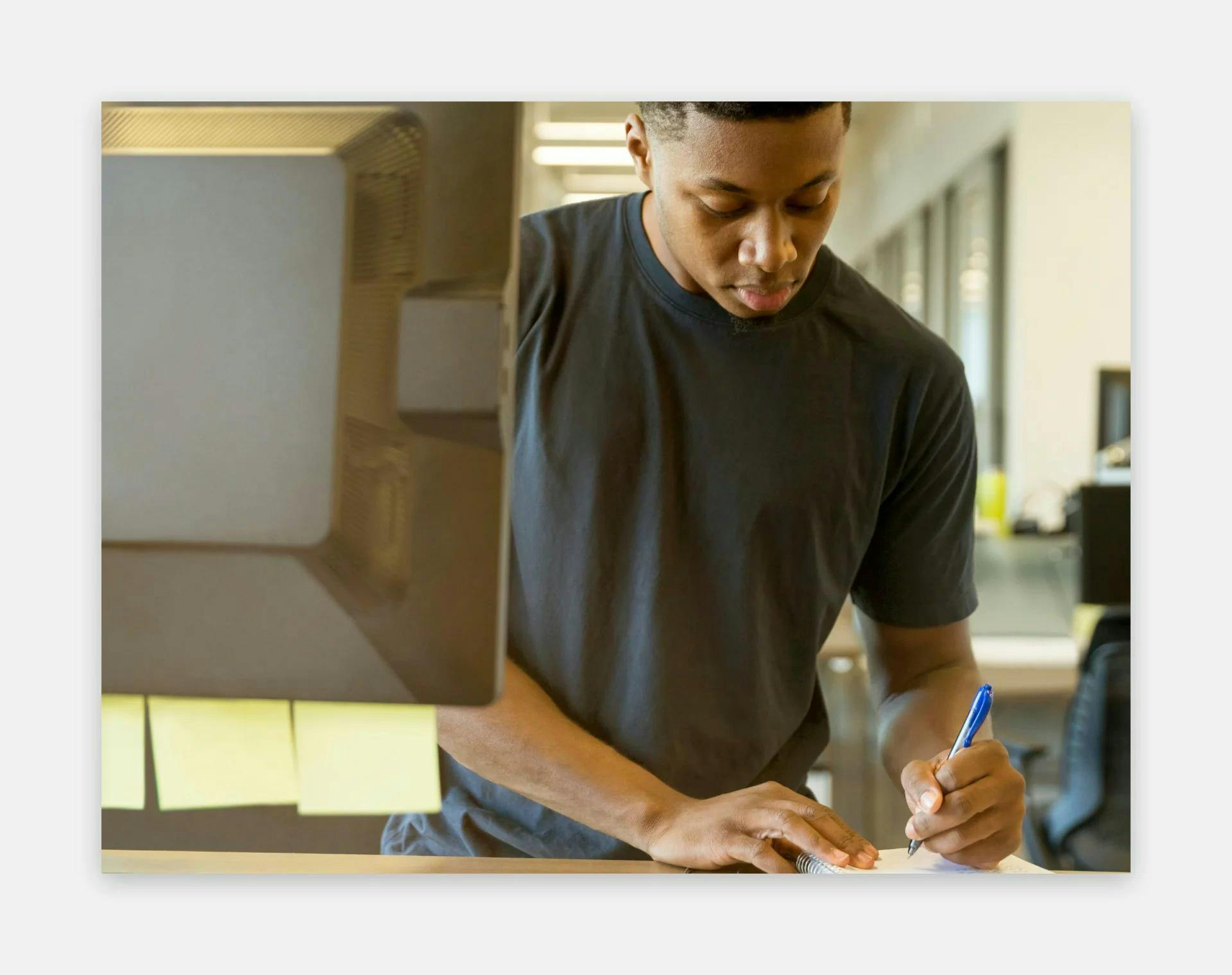
Specifications writers need to have a deep understanding of every process involved in construction.
Your transferable skills:
- attention to detail,
- collaboration,
- comprehensive overview of architectural processes, and
- communication skills.
Skills to acquire:
- technical writing, and
- editing skills.
How to become a specifications writer? Now you’re not going to be surprised if we say that you need a technical writing portfolio. But you definitely do. If you’re just embarking on this career switch, try to get involved with writing the specifications at your current job and use them as a reference.
For more tips, read about becoming a technical writer.
Is it for you? If you’re one of the lucky few who understand difficult engineering details and can write about it in a digestible way, use your superpower and become a specifications writer.
If, however, you don’t find writing about architecture and construction fascinating, then it may not be your thing.
Anything you’re passionate about
At the end of the day, the question is: what are you most passionate about? Architecture is such a broad and multilayered profession that there’s rarely anything you couldn’t start doing if your heart's in it.
For example, if you love baking, you’ll find that your structural knowledge, design aesthetic will be of aid there as well.
The key is to get started. Don’t just daydream about an alternative career. This is your gentle reminder to start today!


